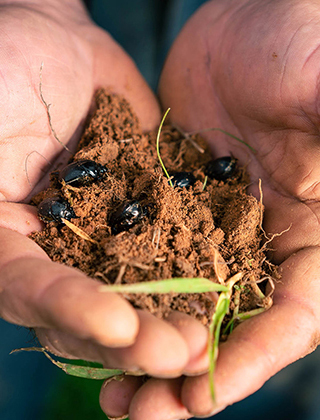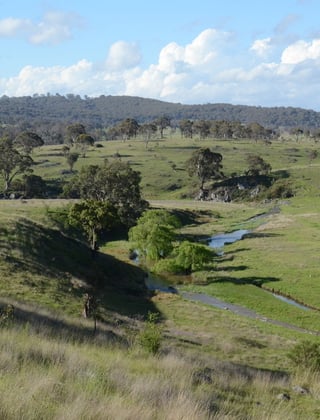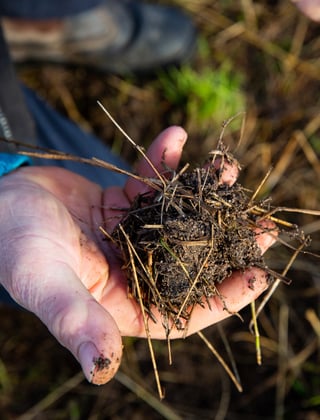Fall armyworm marches south
A new invasive pest to Australia, the fall armyworm, has recently been reported in some northern parts of Queensland, Western Australia and the Northern Territory. AWI, along with other stakeholders, are monitoring the potential impacts on the sheep industry should the pest spread further south into sheep-producing areas.
A new invasive pest to Australia, the fall armyworm, has recently been reported in some northern parts of Queensland, Western Australia and the Northern Territory. AWI, along with other stakeholders, are monitoring the potential impacts on the sheep industry should the pest spread further south into sheep-producing areas.
The fall armyworm (Spodoptera frugiperda) is native to tropical and subtropical regions of the Americas. Since 2016 it has rapidly spread to and throughout Africa, the Indian subcontinent, China and Southeast Asia.
In January, it was identified in areas of northern Queensland (it has now been reported as far south as Richmond, Bowen, Emerald and Bundaberg) and subsequently was identified in areas of the Northern Territory and northern Western Australia (Kununurra and Broome).
The fall armyworm can feed on approximately 350 plant species hosts. While it is currently not present in Australia’s sheep producing regions, adult moths are capable of flying long distances and it is anticipated that the pest will spread south, but it is not known how far and how established it will be during the year.
The impacts on grazing industries are uncertain at this stage. However, grasses are the primary host for fall armyworm, especially tropical and sub-tropical grasses, but also fescue, rye and kikuyu as well as important legumes such as lucerne, clovers and forage crops.
Given the current limited population groups of the pest in Australia and observed differences in their host preference, there is uncertainty how this will affect its impact on different regions and pasture species’ composition. It is also unknown how native species of grasses and plants will be affected.
However, US experience shows that fall armyworm can devastate pasture in days if infestation is heavy. More intensively managed pastures (fertilised and irrigated) and pastures with dense canopy are most at risk, as the larvae prefer fresh growth, especially following rain which aids survival of eggs and young larvae.
As fall armyworm can feed on a wide range of economically important cultivated grasses – such as maize, rice, sorghum, sugarcane and wheat, and also other vegetable and fruit crops and cotton – a wide range of Australia’s agricultural industries might possibly be impacted by its spread. Keen to limit the impact of fall armyworm, government and agricultural organisations in Australia are keeping a careful watch on the issue.
AWI will continue to liaise with agricultural industry organisations regarding the matter and distribute any information about the pest’s spread, control and management to Australian woolgrowers as soon as it becomes available.
This is a good reminder of the importance of putting in place biosecurity best practice actions to prevent the entry, establishment and spread of pests and diseases on your property. See www.farmbiosecurity.com.au for further information.
If you find something you believe could be an exotic plant pest, call the Exotic Plant Pest Hotline immediately to report it to your local state or territory government on 1800 084 881.

NSW DPI has issued this poster to help with identification of the fall armyworm. It can be downloaded from www.dpi.nsw.gov.au/fall-armyworm.
WHAT TO LOOK FOR
Larva (early development)
PHOTO: G. Goergen, IITA
- Adults 38-51mm in length.
- Light green to brown in colour.
- White lengthwise lines.
- Dark spots with spines develop as larvae mature.
- Distinctive pattern of four spots on second to last body segment.
- Inverted ‘Y’ shape pattern on its head.
Moth (adult)
PHOTO: G. Goergen, IITA
- 32-40 mm from wing tip to wing tip.
- Brown or grey forewing.
- White hind wing.
- Males have more patterns with a distinct white spot on forewings.
MORE INFORMATION
www.dpi.nsw.gov.au/fall-armyworm
www.business.qld.gov.au/fallarmyworm
www.agric.wa.gov.au/plant-biosecurity/fall-armyworm-declared-pest















